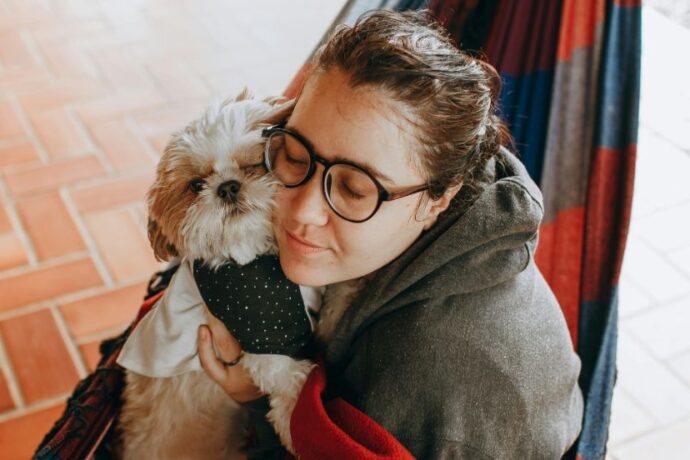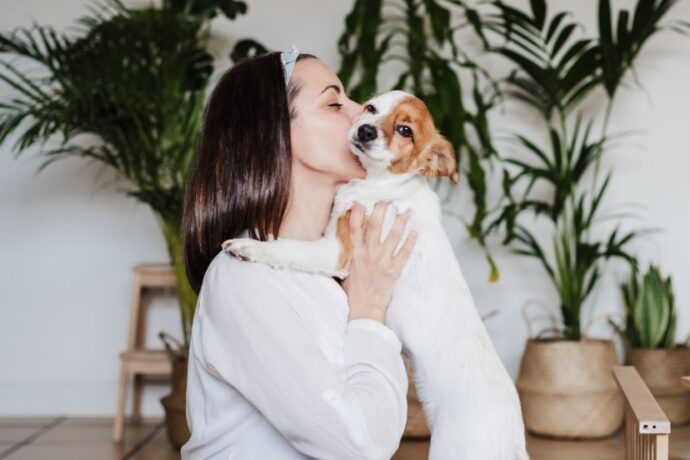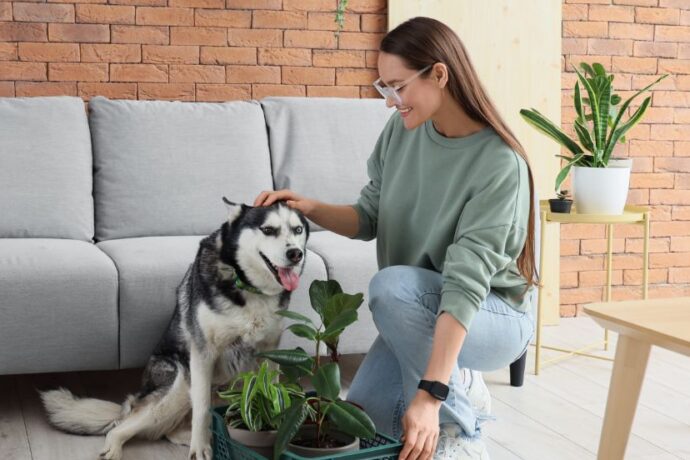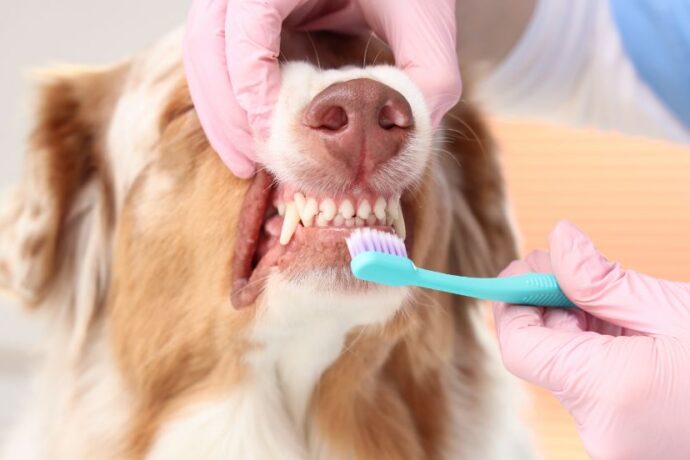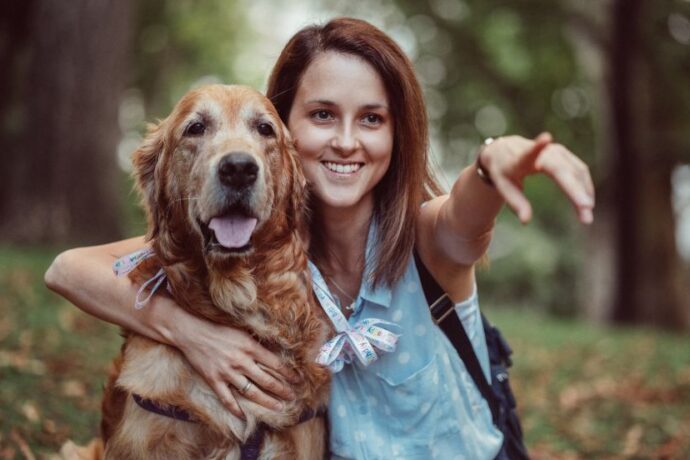If you’ve ever returned home to find your shoes chewed or curtains shredded or heard heart-wrenching howls the moment you leave, you might be dealing with separation anxiety in dogs. This condition is not just about bad behavior—it’s a genuine emotional response.
According to the American Veterinary Medical Association (AVMA), separation anxiety is one of the most common behavioral disorders in dogs, affecting an estimated 20–40% of pets seen by veterinary behaviorists (1). Studies in Applied Animal Behaviour Science highlight that this distress stems from a combination of genetic predisposition, early life experiences, and learned behaviors (2). The good news? With patience, consistency, and science-based strategies, separation anxiety can be significantly improved.
Understanding the Why—Common Causes of Separation Anxiety
Before addressing the solutions, it’s important to understand what triggers this condition:
- Sudden Routine Changes – Dogs thrive on routine. Sudden changes in your schedule, such as returning to the office after months of working from home, can trigger anxiety.
- Past Trauma or Neglect—Rescue dogs, especially those from shelters or abusive backgrounds, are more likely to develop separation distress.
- Over-Attachment – Dogs that are rarely left alone may not develop the coping skills to handle separation.
- Genetic Factors – Certain breeds, like Border Collies, Labrador Retrievers, and German Shepherds, are more prone due to their social and working nature.
A 2020 study from the University of Helsinki found that younger dogs and those living as a single pet were more likely to show severe symptoms—suggesting the environment plays a big role alongside genetics (3).
7 Practical, Proven Solutions to Ease Separation Anxiety
1. Gradual Alone-Time Training (“Desensitization”)
Start by leaving your dog alone for very short periods, even just 1–2 minutes, and gradually increase the time. This process, known as desensitization, helps your dog build trust that you’ll return. Pair each departure with a calm goodbye and a low-key return to avoid dramatic emotional swings.
2. Create a Comfort Zone
Designate a cozy, safe area in your home with your dog’s bed, toys, and perhaps an item with your scent. According to the Journal of Veterinary Behavior, familiar smells can lower cortisol (the stress hormone) in dogs (4).
3. Mental Stimulation & Physical Exercise
A tired mind and body are less likely to fixate on your absence. Engage your dog in a brisk walk, fetch game, or obedience training session before leaving. Puzzle feeders and treat-dispensing toys can keep them mentally engaged while you’re gone.
4. Practice “Independence Training” at Home
Encourage your dog to relax alone while you’re still home. Sit in a different room, avoid constant attention, and reward calm, independent behavior. This teaches them that being alone isn’t scary.
5. Use Calming Aids (With Vet Approval)
Natural aids like pheromone diffusers (e.g., Adaptil), calming collars, or even anxiety wraps can help. In severe cases, veterinarians may recommend short-term anti-anxiety medication combined with training.
6. Sound & Scent Therapy
Leave on soft background music, white noise, or audiobooks. Research from the University of Glasgow found that reggae and soft rock genres were particularly effective in calming shelter dogs. Adding your worn T-shirt to their bed can also provide comfort.
7. Consider Doggy Daycare or a Pet Sitter
For dogs with severe anxiety, socialization through doggy daycare or midday visits from a pet sitter can reduce stress and break up long periods of solitude.
FAQs About Separation Anxiety in Dogs
Q1: Can separation anxiety go away on its own?
In most cases, it does not resolve without intervention. Dogs often need structured training, environmental changes, and sometimes professional help to overcome it.
Q2: Should I punish my dog for destructive behavior when I return?
No. Punishment can increase anxiety and worsen the problem. The destruction happens out of panic, not spite. Focus on prevention and gradual training instead.
Q3: How long does it take to see improvement?
It varies. Mild cases may improve in a few weeks with consistent training, while severe cases could take several months. Patience and persistence are key.
Conclusion – Building Confidence, One Step at a Time
Separation anxiety in dogs is not a sign of bad training or a “spoiled” pet—it’s an emotional response that needs understanding and guidance. By identifying the cause, using gradual desensitization, creating a comforting environment, and seeking professional advice when necessary, you can help your dog feel secure even when you’re not around.
References:
- Research Gate – Separation anxiety in dogs
- National Library Of Medicine – The importance of early life experiences for the development of behavioural disorders in domestic dogs
- University of Helsinki – DogRisk Nutrition Related Research
- National Library Of Medicine – Behavioral, Physiological, and Pathological Approaches of Cortisol in Dogs


